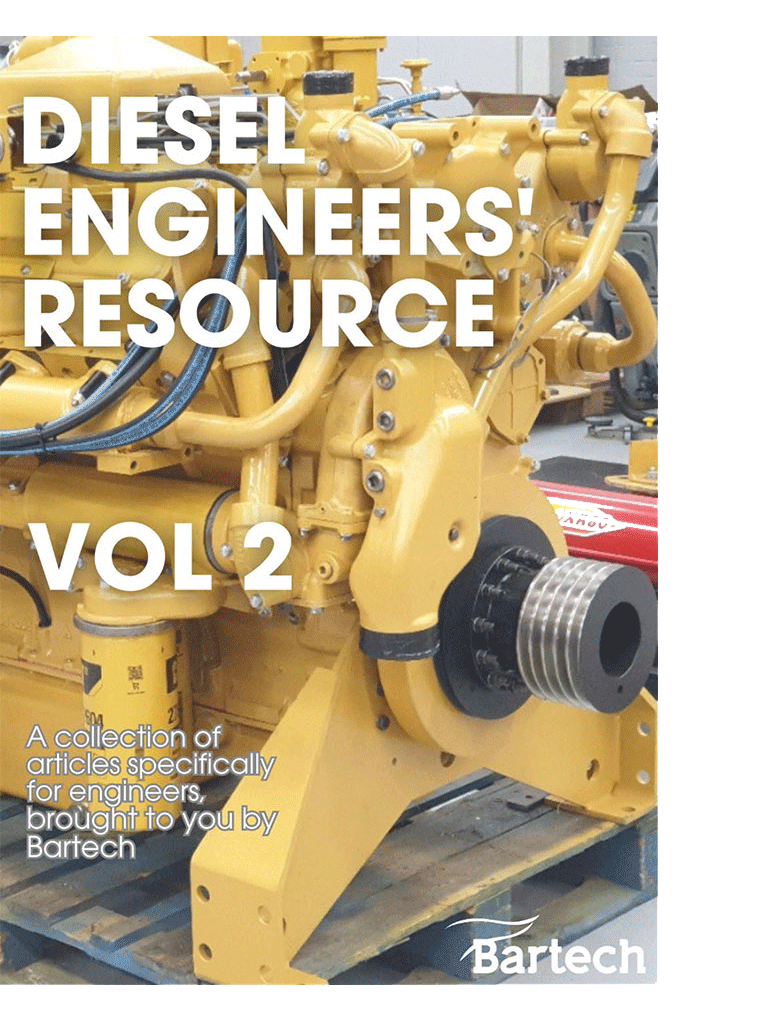When one of our clients approached us to ask what others were experiencing with oil quality, we reached out to our community of 13,000 people reliant on engines across different sectors around the globe.
These were the questions we posed:
- What engines are you running?
- What is the ppm of water in oil?
- What have you done to reduce this, if anything?
And these were the six most common responses:
- Regular oil changes – roughly every 500 hours
- Purifying the oil before and during running by means of a centrifuge
- Check for leaks internally – inspect regularly the engine internals through a crankcase hatch if possible for signs of water leaks from cooling side of engine
- Pre heat not working efficiently – check that it is at the correct temperature for the engine and the area the package in installed
- Check for Chloride – check the oil analysis for signs of chloride as that would indicate a sea water leak internally of the engine
- Sump breather – check it is not blocked making the engine sweat


